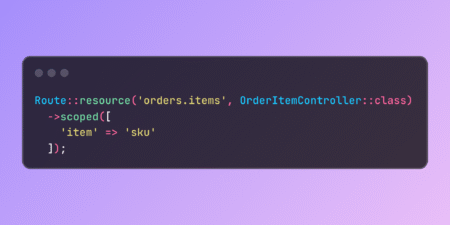Welcome back to our session on Agile and Accessibility, where we bring together two powerful forces in inclusive product development. This marks the beginning of a brand-new series. The Intersection of Agile and Accessibility is dedicated to exploring how teams can design, build, and deliver digital experiences that truly work for everyone.
Whether you’re a seasoned designer, a curious developer, or an advocate for social impact, this series will help you apply inclusive design principles through Agile practices—starting with the foundation: inclusive user stories and acceptance criteria.
What Is Agile?
Agile is a product development methodology built on collaboration, speed, and flexibility. Originally created for software teams, it’s now embraced across industries.
Key principles of Agile include:
- Iterative development in short cycles (sprints)
- Regular feedback and team collaboration
- User-centered outcomes over rigid processes
- Embracing change to meet real-world needs
Agile helps teams move fast, but it also helps them build right when grounded in meaningful user stories.
What Is Accessibility?
Accessibility means designing products and environments that are usable by everyone, including people with disabilities.
More than just a legal requirement, accessibility is a universal benefit, it improves usability, clarity, and engagement for all users.
Core goals of accessibility:
- Remove barriers to participation
- Enhance usability for diverse needs and contexts
- Integrate inclusive design from the start—not as an afterthought
- Support human diversity in ability, language, cognition, and interaction
Accessibility is not charity. It’s equity in action.
Why Agile and Accessibility Belong Together
The relationship between Agile and Accessibility is both practical and transformative. When Agile teams embed inclusive thinking from the start, they reduce the need for expensive retrofits, avoid biased assumptions, and create products with universal impact.
Together, Agile and Accessibility:
- Prioritize real user needs, including diverse abilities
- Catch barriers early through feedback and iteration
- Foster empathy across cross-functional teams
- Shift mindset from “minimum compliance” to maximum inclusion
And it all starts with how we write our user stories.
Writing Inclusive User Stories
The classic Agile user story format is:
As a [user role], I want to [action] so that I can [goal].
But without inclusive language and context, stories may unintentionally assume able-bodied or neurotypical users. To create truly inclusive solutions, our stories must reflect diverse user perspectives.
Tips for writing inclusive stories:
- Use role descriptions like “screen reader user,” “user with low vision,” or “user with cognitive disabilities”
- Avoid assumptions about sensory, motor, or cognitive capabilities
- Incorporate environmental factors (e.g., noisy settings, limited bandwidth)
- Consult accessibility personas to guide user empathy
As a user who relies on keyboard navigation, I want to access the site’s main navigation using the Tab key so that I can browse efficiently without a mouse.
Creating Inclusive Acceptance Criteria
Acceptance criteria define when a story is considered “done.” That’s your opportunity to enforce accessibility.
Inclusive acceptance criteria should:
- Reference WCAG 2.2 AA standards
- Include accessibility testing across assistive technologies
- Require keyboard access, proper semantic HTML, and screen reader compatibility
- Use real-world tasks that represent diverse user needs
- Focus is visible and moves logically via Tab key
- Navigation landmarks are announced via screen reader
- No component requires hover to access critical functionality
These criteria ensure that accessibility is baked into functionality, not bolted on as a post-check.
Inclusive user stories and acceptance criteria are not extras, they’re essential Agile practices that reflect the real-world diversity of human experience. They’re how we build equity into everyday development.
In this series, we’ll explore:
- Designing accessible components from the start
- Conducting inclusive user research and testing
- Integrating accessibility in sprint planning and retrospectives
- Turning accessibility from a checkbox into a culture
Stay tuned for next Episode and until then, ask yourself: Who are we designing for, and who might we be missing?
Let’s make Agile work for everyone.
Source: Read MoreÂ




